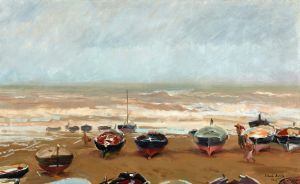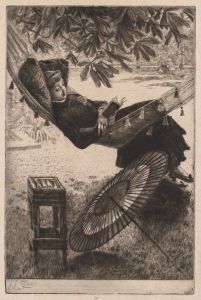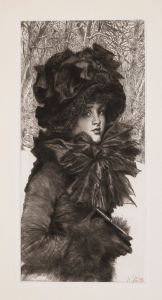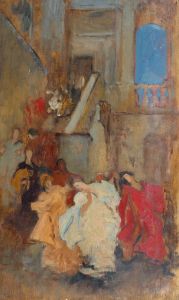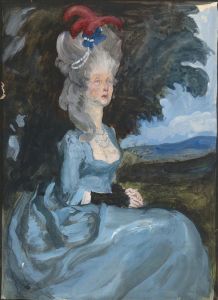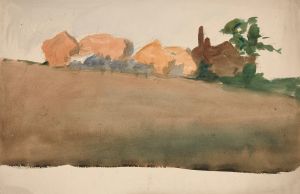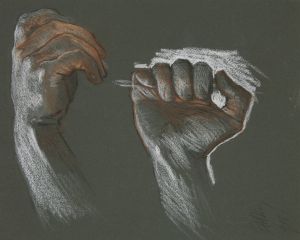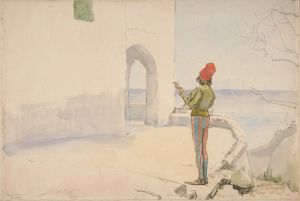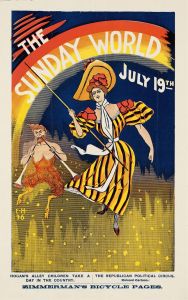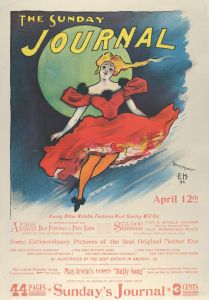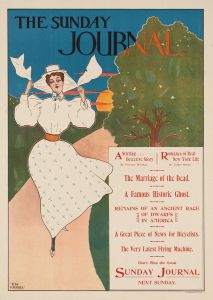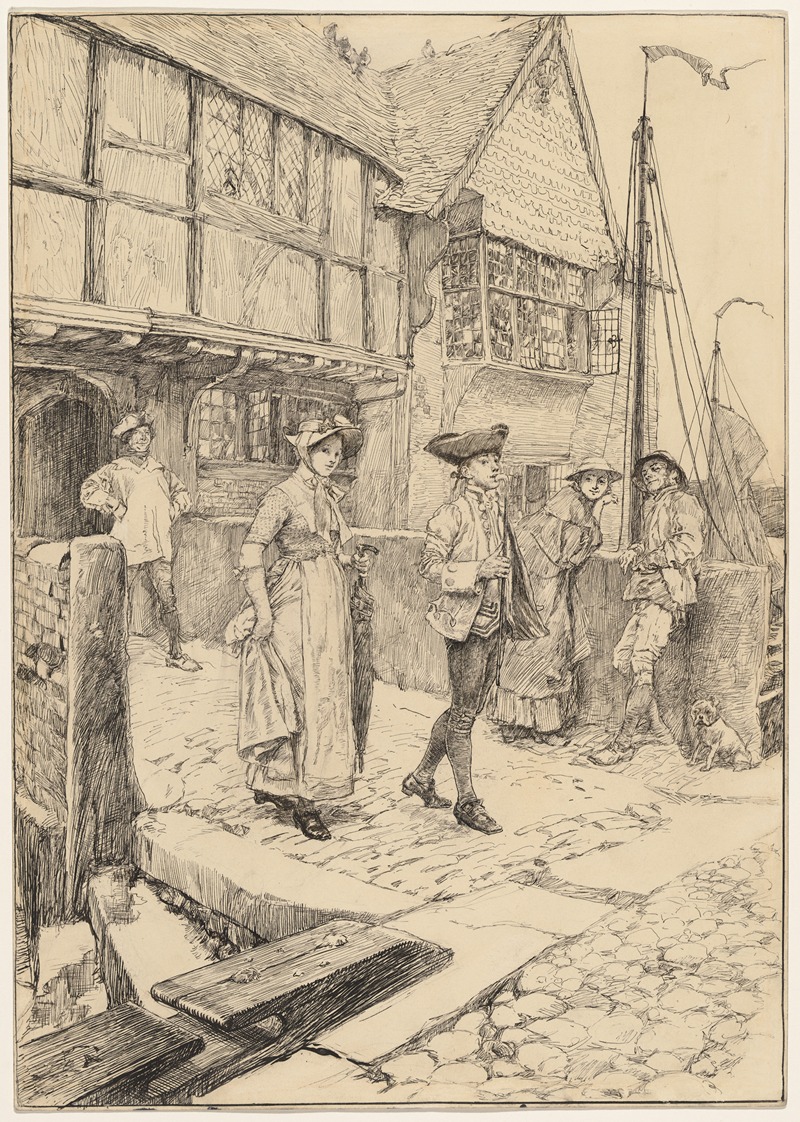
The Sunday Walk
A hand-painted replica of Edwin Austin Abbey’s masterpiece The Sunday Walk, meticulously crafted by professional artists to capture the true essence of the original. Each piece is created with museum-quality canvas and rare mineral pigments, carefully painted by experienced artists with delicate brushstrokes and rich, layered colors to perfectly recreate the texture of the original artwork. Unlike machine-printed reproductions, this hand-painted version brings the painting to life, infused with the artist’s emotions and skill in every stroke. Whether for personal collection or home decoration, it instantly elevates the artistic atmosphere of any space.
Edwin Austin Abbey's painting "The Sunday Walk" is a notable work by the American artist, who was renowned for his illustrations and paintings that often depicted scenes from literature and history. Abbey, born in 1852 in Philadelphia, Pennsylvania, was a prominent figure in the late 19th and early 20th centuries, known for his detailed and historically accurate works.
"The Sunday Walk" exemplifies Abbey's skill in capturing the nuances of social interactions and the subtleties of human expression. While specific details about the painting's creation, such as the exact year it was painted or its current location, are not widely documented, Abbey's broader body of work provides context for understanding this piece.
Abbey was deeply influenced by his time in England, where he moved in 1878. His exposure to British culture and history significantly impacted his artistic style, which often incorporated elements of the English countryside and Victorian society. This influence is likely reflected in "The Sunday Walk," which, as the title suggests, may depict a leisurely stroll typical of the Victorian era, a common social activity on Sundays when people would dress in their finest attire for a promenade.
Abbey's technique was characterized by meticulous attention to detail and a keen eye for composition. He was adept at using light and shadow to create mood and atmosphere, which would have been evident in "The Sunday Walk." His ability to convey the textures of fabric and the play of light on different surfaces added a layer of realism to his works, making them resonate with viewers.
Throughout his career, Abbey was associated with the Pre-Raphaelite Brotherhood, a group of English painters, poets, and critics founded in 1848. The Pre-Raphaelites were known for their preference for vivid colors, attention to detail, and themes drawn from literature and nature. Abbey's work often mirrored these characteristics, and "The Sunday Walk" would likely reflect his alignment with these artistic ideals.
Abbey's contributions to art extended beyond painting. He was also a successful illustrator, contributing to publications such as Harper's Weekly. His illustrations often accompanied literary works by authors like Charles Dickens and William Shakespeare, showcasing his ability to interpret and visualize complex narratives.
In addition to his illustrations, Abbey was commissioned to create murals, most notably for the Boston Public Library. These large-scale works further demonstrated his skill in composition and storytelling, qualities that would have been present in "The Sunday Walk."
While specific information about "The Sunday Walk" is limited, Edwin Austin Abbey's reputation as a master of narrative art and his influence from both American and British artistic traditions provide a framework for appreciating the painting. Abbey's legacy is marked by his ability to blend historical accuracy with artistic expression, creating works that continue to be celebrated for their beauty and craftsmanship.





